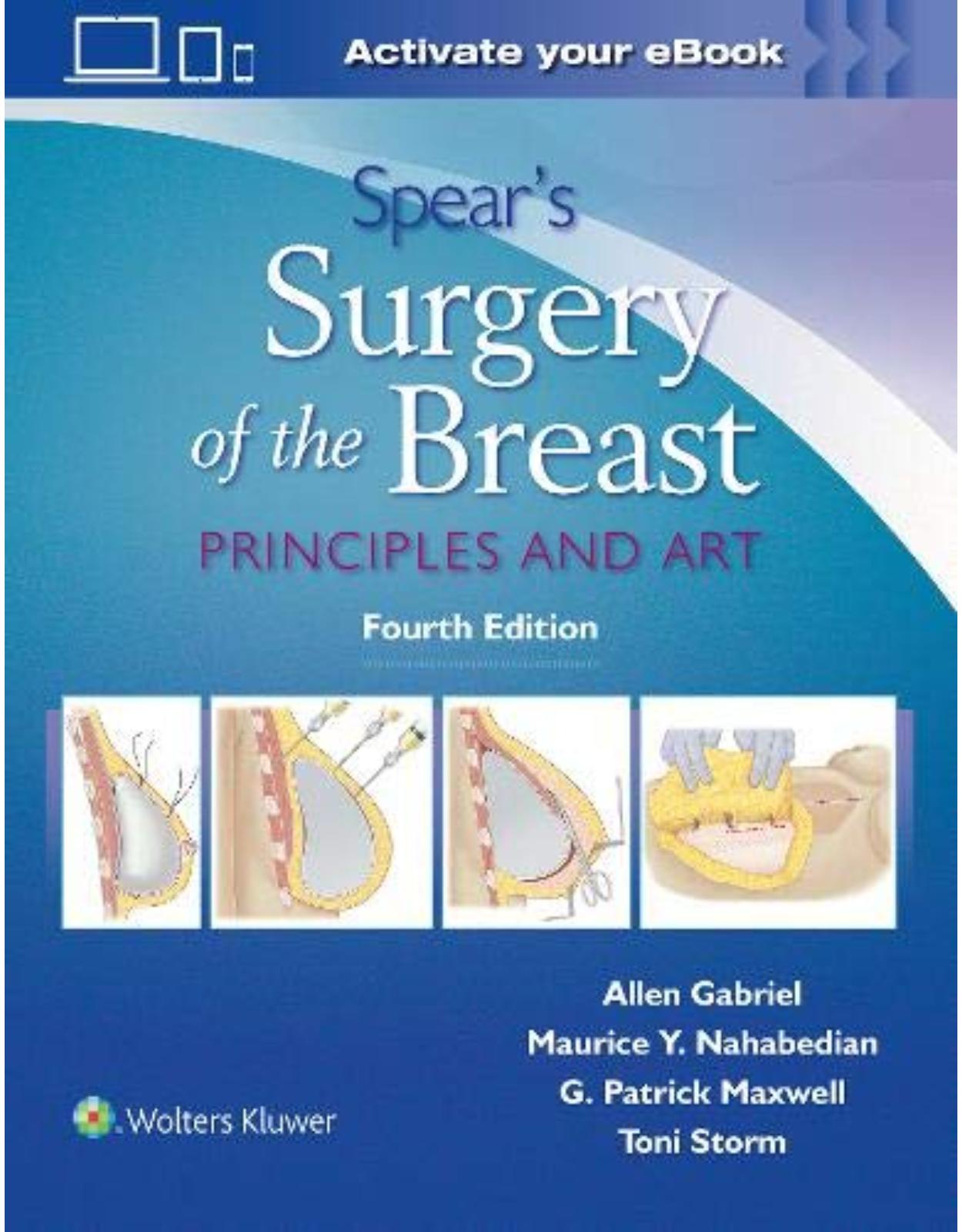
Spear’s Surgery of the Breast Principles and Art, Fourth edition
Livrare gratis la comenzi peste 500 RON. Pentru celelalte comenzi livrarea este 20 RON.
Disponibilitate: La comanda in aproximativ 4 saptamani
Editura: LWW
Limba: Engleza
Nr. pagini: 1850
Coperta: Hardcover
Dimensiuni: 21.59 x 5.72 x 27.94 cm
An aparitie: 2020
Description:
Definitive, detailed, and multidisciplinary in scope, Surgery of the Breast: Principles and Art, Fourth Edition, remains the most comprehensive “how-to” reference on today’s breast surgery. The text and its content have been thoroughly updated and carefully consolidated into one volume, to describe and demonstrates the most advanced and successful techniques for all types of oncological, reconstructive, and aesthetic breast surgeries—covering oncologic management of breast disease, breast reconstruction, reduction mammoplasty and mastopexy, augmentation mammoplasty, and more. Ideal for both plastic surgeons and general surgeons who perform a high volume of breast surgery, this classic text has been significantly revised to bring you fully up to date.
Table of Contents:
SECTION I: Breast Surgery and oncology
CHAPTER 1 Epidemiology of Breast Cancer: Incidence and Risk Factor
Incidence, Mortality, and Survival
Changing Trends and Migration
Risk Factors
Gender, Age, and Race
Early Life Events
Nutritional Factors
Alcohol
Smoking
Body Mass Index and Total Body Fat
Physical Activity
Benign Breast Disease
Breast Density
Growth Factors and Adult Height
Exogenous Hormones
Hormonal Contraceptives
Hormone Replacement Therapy
Family History And Genetics
Family History
Genetics
CHAPTER 2 Breast Cancer Screening and Diagnosis, Including the Surgically Altered Breast
History
Imaging in Women 40 to 70
The Argument Against Imaging
Policy Implications for Women 40 to 70
Breast Imaging After 70
High-Risk Screening
Imaging the Surgically Altered Breast
Conclusions and Current Imaging Guidelines Per Society (Tables 2-2 to 2-4)
CHAPTER 3 Molecular Pathology of the Breast
Molecular Diagnostics
Polymerase Chain Reaction
Gene Expression Profiling
Intrinsic Breast Cancer Subtypes
Clinical Applications
Oncotype Dx
Mammaprint
PAM50 (Prosigna)
Endopredict
Breast Cancer Index
Conclusions
CHAPTER 4 Defining and Managing the High-Risk Patient
History
Risk Stratification
Risk Assessment Models
Genetic Counseling And Testing
Approach to Managing the High-Risk Patient
Genetic Testing
Healthy Lifestyle
Risk-Reducing Agents
Risk-Reducing Surgery
Conclusion
CHAPTER 5 Heredity and Breast Cancer: Risk Assessment, Genetic Testing, and Management Options
Risk Factors for Breast Cancer
Breast Cancer Risk Assessment
Considerations When Conducting Genetic Testing
Genes Associated With Breast Cancer Susceptibility
High-Penetrance Genes
Moderate-Penetrance Genes
Low-Penetrance Genes
Clinical Management of BRCA Pathogenic Variants
Screening and Prevention
Risk-Reducing Strategies: Surgeries and Chemoprevention
Screening of Male BRCA Carriers
Reproductive Considerations
Treatment Strategies in BRCA1/ 2-Related Cancers
Prognosis
Clinical Management of Other (Non-BRCA–Related) Hereditary Breast Syndromes
Psychosocial Issues in Inherited Breast and Ovarian Cancer Syndromes
CHAPTER 6 Patient Selection for Breast-Conservation Therapy
Patient Selection For Bct
History And Physical
Radiologic Evaluation
Patient Preferences Regarding Breast Conservation Versus Mastectomy
Contraindications For Bct
Pathologic Features of Breast Cancer
Post Bct Surveillance
Conclusion
CHAPTER 7 Axillary Nodal Recurrence
Rates of Axillary Nodal Recurrence
Risk Factors for Axillary Recurrence
Time to Axillary Nodal Recurrence
Diagnosis
Treatment And Prognosis
Summary
CHAPTER 8 Role of Nonsurgical Management of Breast Cancer: Endocrine Therapy and Tumor Ablation
Primary Endocrine Therapy
In Situ Ablation
Patient Selection
In Situ Ablation Techniques
Radiofrequency Ablation
LASER Thermotherapy
Microwave Ablation
Conclusion
Limitations
CHAPTER 9 Oncoplastic Approach to Maximizing the Lumpectomy-Level I
Goals and Benefits of Oncoplastic Breast Surgery
Level I Versus Level II Oncoplastic Techniques
Performing Level I Oncoplastic Surgery
Preoperative Evaluation
Operative Markings for Surgical Planning
Intraoperative Surgical Steps for Performing General Level I Procedures
Level I Oncoplastic Incisions/Techniques
Basic Incisions
Circumareolar Incision
Inframammary Incision
Incisions That Include Resection of Skin
Incision With Skin Deepithelialization
Postoperative Complications of Level I Oncoplastic Surgery
Conclusion
CHAPTER 10 Oncoplastic Approach to Maximizing the Lumpectomy-Level II
Literature Review
Benefits of Oncoplastic Surgery
Safety
Patient Evaluation
History
Physical Examination
Imaging
Ideal Candidates for Level II Oncoplastic Surgery
Patients With Multifocal Tumors
Patients Who Desire Breast Reduction/Mastopexy
Patients With Large Tumors
Patients Who Desire Nipple-Sparing Mastectomy
Timing Of Operative Intervention
Technique
Volume Displacement Approaches
Volume Replacement Approaches
Management Of Central Tumors
Conclusion
CHAPTER 11 Breast Conservation Failure: When to Do a Completion Mastectomy
Declining Rate Of Events
Immediate Indications for Mastectomy
Diagnosis and Workup of IBTR
Treatment Of Ibtr
The Ipsilateral Breast: Mastectomy
The Ipsilateral Breast: Reconservation
The Axilla
The Contralateral Breast
Prognosis Following Ibtr
Follow Up Post Ibtr
Conclusions
CHAPTER 12 Radiation Therapy Following Breast-Conserving Surgery
Invasive Disease
Ductal Carcinoma In Situ
Omission of Radiation Therapy in Select Populations
Radiation Target Volume, Dose, and Fractionation
Regional Nodal Radiation Therapy
Conclusion
CHAPTER 13 The Surgical Management of Locally Advanced and Stage IV Breast Cancer
Locally Advanced Breast Cancer
Epidemiology
Diagnosis
Systemic Treatment
Surgical Treatment
Stage Iv Breast Cancer
Inflammatory Breast Cancer
Epidemiology
Diagnosis
Neoadjuvant Systemic Treatment
Surgery
Adjuvant Treatment
Stage IV Inflammatory Breast Cancer
CHAPTER 14 Neoadjuvant and Adjuvant Systemic Therapy
Prognostic Factors in Early Breast Cancer
Overview
Pathologic Factors
Genomic Profiles/Intrinsic Molecular Subtypes
Gene Expression Profiling for Early-Stage Breast Cancer
Circulating Tumor Cells
Summary
Neoadjuvant Therapy
Overview
Neoadjuvant Chemotherapy in TNBC
Neoadjuvant HER-2 Targeted Therapy
Neoadjuvant Endocrine Therapy
Treatment of Residual Disease Post Neoadjuvant Therapy
Treating Residual Disease in TNBC
Treating Residual Disease in HER-2–Positive Breast Cancer
Treating Residual Disease in HR-Positive Breast Cancer
Adjuvant Therapy
Adjuvant Chemotherapy
Chemotherapy-Related Side Effects
Adjuvant HER-2 Targeted Therapy
Principles of Adjuvant Endocrine Therapy
Bone-Modifying Therapy
Conclusion
CHAPTER 15 Breast Cancer Diagnosis, Prognosis, and Treatment in Augmented Women
History
Implants And Cancer Risk
Physical Examination of the Augmented Breast
Radiologic Imaging of the Augmented Breast
Mammography
Digital Mammography
Magnetic Resonance Imaging
Ultrasound
Effects of Implants on Disease Stage and Prognosis
Treatment of Breast Cancer in Augmented Patients
Conclusion
Acknowledgments
CHAPTER 16 Guidelines and Patient Selection Criteria for Nipple and Skin-Sparing Mastectomy
History
Indications
Contraindications
Preoperative Planning
OPERATIVE TECHNIQUE
Patient Selection
Outcomes
Conclusions
CHAPTER 17 Invasive Carcinoma: Radiation Therapy After Mastectomy
History
Original Trials Supporting Use of Postmastectomy Radiation Therapy
Postmastectomy Radiation Therapy in Select Node-Negative Populations
Postmastectomy Radiation Therapy in Patients Receiving Neoadjuvant Chemotherapy
Radiation Target Volume, Dose, and Fractionation
Side Effects of Postmastectomy Radiation Therapy
Conclusion
CHAPTER 18 Optimizing Mastectomy Flaps Based on Breast Anatomy
History
Indications/Contraindications
Preoperative Planning
OPERATIVE TECHNIQUE
Intraoperative Care
Postoperative Care
Generic Risks
Outcomes
Conclusion
CHAPTER 19 Male Breast Cancer: Surgery of the Breast
History
Risk Factors
Clinical Presentation
Radiology
Pathology
Surgical Management
Medical Oncology Management
Radiation Oncology Management
Conclusions
CHAPTER 20 Breast Cancer Recurrence—Strategies for Risk Reduction
History
Mechanism of In-Breast Recurrence
Presentation of a Local/Regional Recurrence
Estimation of Risk of Recurrence
Invasive Breast Carcinoma
Multigene Assays
Recurrence Risk for DCIS
Extent of Surgery
Margins
Reconstruction
Role of Radiation Therapy
CHAPTER 21 Disease of the Breast, Benign to Premalignant; Hyperplasia to DCIS
Benign Disorders
Nonproliferative Lesions
Cystic Breast Mass
Proliferative Lesions Without Atypia
Atypical Hyperplasias
Radial Scars and Complex Sclerosing Lesions
Benign Neoplasms
Fibroadenoma
Phyllodes Tumor
Intraductal Papilloma
Nipple Adenoma
Miscellaneous Lesions
Inflammatory Conditions
Fat Necrosis
Mammary Duct Ectasia
Granulomatous Mastitis
Noninvasive Carcinoma
Lobular Carcinoma in Situ
Ductal Carcinoma in Situ
Workup
Imaging
Biopsy
Pathologic Classification
Treatment
Surgery
Breast-Conserving Therapy
Mastectomy
Radiation Therapy
Systemic Treatment
Posttreatment Surveillance
CHAPTER 22 Breast Cancer Screening and Management in the Transgender Patient
History
Indications
Transmales
Transfemales
Contraindications
Preoperative Planning
Transfemales
OPERATIVE TECHNIQUE
Intraoperative Care
Postoperative Care
Transwomen
Transmen
Conclusion
CHAPTER 23 Shared Decision Making: Patient Choice and Satisfaction
History
Patient Choice
Sense of Urgency and Insufficient Time for Decision Making
Decisions Made From a Sense of Fear
Whose Opinion Matters?
Older Patients
Patient Expectations
Reconstruction
“No Best Option”
Limited Information
Satisfaction
Role of Decision Making and Feeling Informed
Role of Physician/Team Communication and Decisional Conflict
Role of Body Image
Role of Scars
Role of Personality
Role of Surgical Options
Role of Radiation Therapy
Role of Contralateral Prophylactic Mastectomy
Role of Decision Aids
Role of Regret Over Time
Discussion
Conclusion
CHAPTER 24 Team Approach to Nipple-Sparing Mastectomy
History
Risk-Reduction Nsm
Therapeutic Nsm
Increasing Trends of NSM
Oncologic Safety of NSM
Oncologic Indications/Contraindications for NSM
NSM and Breast Irradiation
NSM and Neoadjuvant Chemotherapy
NSM and High Body Mass Index, Large Breasts, or Ptotic Breasts
NSM and Nipple Necrosis
Technical Aspects of NSM
Flap Quality
Incision Location
NAC Anatomy
Conclusion
SECTION II: The Axilla and Lymphedema
CHAPTER 25 Basic Science and Management of Postsurgical Lymphedema and Vascularized Lymph Node Transplant
History
Pathophysiology of Lymphedema
Diagnosis of Lymphedema
Indications for Lymphatic Surgery
Contraindications
Preoperative Planning
OPERATIVE TECHNIQUE
Vascularized Omentum Lymphatic Transplant Harvest
Preparation of the Axilla and Anastomosis
Postoperative Care
Risks
Outcomes
Conclusion
CHAPTER 26 Sentinel Node Biopsy and Axillary Dissection
History
Case Selection for Slnb
Technique of Slnb
Nuclear Medicine
Surgery
Pathology
Case Selection for Alnd
Clinically Positive Axilla
SLN Positive Outside the Z0011 Selection Criteria
Clinically Node Positive or SLN Positive Following Neoadjuvant Chemotherapy
Inflammatory Breast Cancer
Prior Inadequate ALND
Failed SLNB
Unavailability of SLNB
Isolated Locoregional Recurrence
Technique of Alnd
Extent of Procedure
Choice of Incision
Beginning the Operation
Flap Elevation
Dissection of the Medial Pectoral Nerve
Mobilizing Levels II and III
Identifying the Intercostobrachial Nerve
Identifying the Long Thoracic Nerve
Identifying the Thoracodorsal Nerve
Completing the Axillary Dissection
Closing
Postoperative Care
Complications of Slnb and Alnd
Lymphedema
Axillary Web Syndrome
Sensory Morbidity
Shoulder Function
Infection
Conclusion
CHAPTER 27 Postneoadjuvant Axillary Assessment and Management
History
Axillary Surgery in Clinically Node-Negative Patients
Feasibility and Timing of Sentinel Lymph Node Biopsy After Neoadjuvant Chemotherapy
Nodal Positivity Rates and Axillary Recurrences After NAC
Strategies to Avoid Axillary Lymph Node Dissection
Axillary Surgery in Clinically Node-Positive Patients
Feasibility and Optimization of SLNB Following NAC
Management of Residual Nodal Disease
Current Indications for ALND After NAC
Ongoing Studies
Conclusion
CHAPTER 28 Alternative Methods for Axillary Sentinel Lymph Node Dissection
History
Indocyanine Green (ICG)
Superparamagnetic Iron Oxide (SPIO)
Indications
Indocyanine Green (ICG)
Superparamagnetic Iron Oxide (SPIO)
Contraindications
Indocyanine Green (ICG)
Superparamagnetic Iron Oxide (SPIO)
Preoperative Planning
Indocyanine Green (ICG)
Superparamagnetic Iron Oxide (SPIO)
OPERATIVE TECHNIQUE
Indocyanine Green (ICG)
Superparamagnetic Iron Oxide (SPIO)
Intraoperative Care
Indocyanine Green (ICG)
Superparamagnetic Iron Oxide (SPIO)
Postoperative Care
Indocyanine Green (ICG)
Superparamagnetic Iron Oxide (SPIO)
Risks of the Procedure
Indocyanine Green (ICG)
Superparamagnetic Iron Oxide (SPIO)
Conclusion
Indocyanine Green (ICG)
Superparamagnetic Iron Oxide (SPIO)
CHAPTER 29 Axillary Surgery Versus Radiation as Treatment of Regional Nodes: AMAROS Trial and Beyond
History
Impact of Extensive Surgery on Clinical Outcome
Trials of Sentinel Lymph Node Biopsy Versus Axillary Dissection in Node-Positive Patients
Trials of Sentinel Lymph Node Biopsy and Targeted Radiation Versus Axillary Dissection in Node-Positive Patients
Indications for Axillary Dissection Versus Targeted Radiation to the Axilla
Surgery First
Surgery After Neoadjuvant Chemotherapy
Contraindications
Preoperative Planning
Intraoperative Technique
Postoperative Care
Radiation Guidelines in Patients With pN1 Disease Not Undergoing ALND
Risks of Axillary Dissection Versus Radiation
Beyond Amaros
Conclusion
CHAPTER 30 Conservative Management of Postsurgical Lymphedema
History
Risk Reduction Education
Traditional Therapy
Complete Decongestive Therapy
Phases of Care (Fig. 30-7)
Alternative Therapies
Low-Level Laser Therapy
Taping
Intermittent Pneumatic Compression Device
Prehabilitation
CHAPTER 31 Selection of Vascularized Lymph Node Donor Sites for Upper Extremity Lymphedema Surgery and Strategies to Minimizing Complications
Lymphatic System and Lymphedema
Treatment of Lymphedema
Mechanism of Action of VLNT
Donor Site Options
Groin Flap
Supraclavicular Flap
Submental Flap
Gastroepiploic Flap
Jejunal Mesenteric Lymph Node Flap
Lateral Thoracic Lymph Node Flap
Reverse Lymphatic Mapping
Discussion
CHAPTER 32 Liposuction as a Viable Treatment for End-Stage Upper Extremity Lymphedema
History
Indications
Preoperative Care
Surgical Technique
Postoperative Care
Treatment Outcomes
Contraindications
Conclusion
SECTION III: Oncoplastic Techniques and Breast Reduction
CHAPTER 33 Oncoplastic Breast Surgery and Shared Decision Making
History
Shared Decisions and Breast Cancer
General Concepts of SDM Applied to Oncoplastic Breast Surgery
Preliminary Phase
Patient’s Personal History and Morphologic Characteristics
Assessment of Disease Characteristics
Shared Decision Making Before Oncoplastic Procedures
Team Talk
Option Talk
Therapeutic Mammoplasties and Uncertainties
Breast Reconstruction Techniques and Information to Patients
Conclusion
Messaging to Patients
Assessment of Patients’ Values
Possible Techniques
CHAPTER 34 Oncoplastic Techniques in Breast Conservation Therapy—The Plastic Surgeon’s Perspective
History
The Plastic Surgeon’s Perspective
Indications
Contraindications
Preoperative Planning
OPERATIVE TECHNIQUE
Volume Displacement Techniques
Volume Replacement Techniques
Postoperative Care
Outcomes
Complications
Margins
Patient-Reported Outcomes
Recurrence
Conclusion
CHAPTER 35 Local Flaps for Partial Mastectomy Defects
History
Indications
Contraindications
Preoperative Planning
Relevant Surgical Anatomy
The Latissimus Dorsi Flap
The TDAP Flap
The ICAP Flap
OPERATIVE TECHNIQUE
Preoperative Markings
Surgical Exposure and Details of Procedure
Intraoperative Care
Postoperative Care
Complications
Outcomes
Conclusion
CHAPTER 36 Local Flaps for Breast-Conserving Surgery Defects
History
Locating The Perforators
Planning A Local Perforator Flap
OPERATIVE TECHNIQUE
Licap/ltap Flaps
Tdap Flap
Conclusion
CHAPTER 37 Avoiding Pitfalls in Symmetry Procedures Following Unilateral Autologous Versus Implant-Based Reconstruction
History
Indications
Implants
Breast Lift
Breast Reduction
Fat Transfer
Contraindications
Preoperative Planning
OPERATIVE TECHNIQUE
Implant Reconstruction
Breast Lift/Breast Reduction
Fat Transfer
Intraoperative care
Postoperative care
Outcomes
Conclusion
CHAPTER 38 Breast Reduction and Mastopexy After Massive Weight Loss
History
Indications
Inadequate Breast Volume
Excessive Breast Volume
Adequate Breast Volume
Contraindications
Preoperative Planning
OPERATIVE TECHNIQUE
Intraoperative Care
Markings
Technique
Postoperative Care
Outcomes
Conclusion
CHAPTER 39 Vertical Breast Reduction and Rereduction
History
Principles
Anatomy
Indications and Contraindications
Preoperative Assessment
Preoperative Planning
Determination of New Nipple Position
Design of the Skin Resection Pattern
Design of a medially and superomedially based pedicle
Design of a Medially Based Pedicle
Design of a Superomedially Based Pedicle
OPERATIVE TECHNIQUE
Positioning
Infiltration
Pedicle Creation
Insetting of the Pedicle
Closure of the Pillars
Closure of the Dermis
Liposuction
Closure of the Skin
Intraoperative and Postoperative Care
Drains
Bandaging and Taping
Recovery
Risks
Scarring
Sensation
Breastfeeding
Complications
Nipple and Areolar Necrosis
Hematoma
Seroma
Infection
Wound Healing Problems
Puckers
Underresection and Bottoming Out
Asymmetry
Breast Rereduction
CHAPTER 40 Reduction Mammoplasty With Inverted-T Incision
Introduction
Anatomy
History of the Inferior Pedicle
Indications
Preoperative Considerations
Patient Markings: Inverted-T Technique
OPERATIVE TECHNIQUE
Inferior Pedicle
Conclusion
CHAPTER 41 Secondary Breast Reduction
History
Indications
Contraindications
Preoperative Planning
When the NAC Is Already in the Correct/Ideal Position
Previous Operation Was Free Nipple Graft Technique
Previous Pedicle of the NAC Is Known
Previous Pedicle of the NAC Is Unknown
OPERATIVE TECHNIQUE
When the NAC Is Already in the Correct/Ideal Position
When the Initial Breast Reduction Used a Free Nipple Graft
Initial NAC Pedicle Is Unknown and the NAC Needs to Be Repositioned
Outcomes
Conclusion
CHAPTER 42 Management of Complications in Breast Reduction: The Displaced NAC
History
NAC Placement in Breast Reduction
Indications and Contraindications
Preoperative Planning
Intraoperative care
Superiorly Displaced NAC
Inferiorly Displaced NAC
Medially and Laterally Displaced NAC
Postoperative Care
Generic Risks
Outcomes
Conclusion
CHAPTER 43 Male Breast Reduction: Liposuction Versus Excision
Indications and Decision Making
Treatment
OPERATIVE TECHNIQUES
Liposuction
History
General Considerations and Conventional Liposuction
Power-Assisted Conventional Liposuction
Liposuction With New Devices (Nonconventional Liposuction)
Outcomes in Liposuction for Gynecomastia
Minimally Invasive Excisional Techniques (Table 43-3)
Pull-Through Technique
Arthroscopic Shavers
Endoscopic Techniques
VAB Techniques
Microdebrider Excision
Summary: Liposuction and Minimally-Invasive Techniques
Excision
Indications
Techniques for Excision
Complications and Limitations of Open Excision
Complications and Outcomes in Male Breast Reduction (Tables 43-9 and 43-10)
Postoperative Care
Combining Liposuction and Open Excision
Comparing and Contrasting Liposuction and Open Excision
Conclusion
SECTION IV: Implant Based Reconstruction
CHAPTER 44 Evolution of Breast Surgery and the Bioengineered Concept
History
Evolution of Prosthetic Breast Reconstruction
Subcutaneous Reconstruction
Submuscular Reconstruction
Partial-Muscle or Dual Plane Reconstruction
Prepectoral Reconstruction
Bioengineered Breast Concept
Conclusion
CHAPTER 45 Overview of Indications and Consideration for Prepectoral Versus Subpectoral Reconstruction
History
Subpectoral Breast Reconstruction
Prepectoral Breast Reconstruction
Indications
Contraindications
Preoperative Planning
OPERATIVE TECHNIQUE
Intraoperative Care
Postoperative Care
Outcomes
Conclusion
CHAPTER 46 Patient Selection for One-Stage Subpectoral Reconstruction
History
Indications
Contraindications
Preoperative Planning
OPERATIVE TECHNIQUE
Postoperative Care
Complications
Outcomes
Conclusion
CHAPTER 47 Patient Selection for One-Stage Reconstruction Prepectoral
History
Patient Selection
BRAND4P Procedure
OPERATIVE TECHNIQUE
BRAND4P
Postoperative Care
Conclusion
CHAPTER 48 Breast Reconstruction With Form-Stable Implants
History
The Evolution of Breast Reconstructive Surgery
Breast Reconstruction: A Shared Decision
Form-Stable Implant-Based Breast Reconstruction: A Complex Choice
An Evolution of Our Decisional Algorithm
Type 1 Breasts
Type 2 Breasts
Type 3 Breasts
Future Directions
Hybrid Breast Reconstruction
CHAPTER 49 Management of Ptotic Patient Desiring Nipple-Sparing Mastectomy With Implant-Based Reconstruction
History
Oncologic Parameters
Patient Consultation
Indications
Contraindications
Incision Location
IMF
Lateral Incision
Vertical Incision
Reduction Pattern Incision
Marking the Patient
Device Selection
OPERATIVE TECHNIQUE
Dual Plane
Prepectoral Plane
Reduction Pattern
Reduction for NAC Perfusion Delay
Conclusion
CHAPTER 50 Two-Staged Nipple-Sparing Mastectomy for Preservation of the Nipple Areolar Complex in the Large or Ptotic Breast: Reconstructive Algorithm and Approach
History
Indications and Contraindications
Preoperative Planning
OPERATIVE TECHNIQUE
Stage One: Making the Breast Envelope Smaller: Lumpectomy, Lymph Node Sampling, and ONcoplasty and/or MAstopexy/REduction
Stage Two: NSM and Reconstruction
Postoperative Care
Outcomes
Conclusion
CHAPTER 51 Can We Identify Risky Patients for NSM?
History
Oncoplastic Surgery
Conclusion
CHAPTER 52 Implant-Based Reconstruction in High-BMI Patients
History
Key Points
Prepectoral Reconstruction in High-Bmi Patients
Operative Planning
Reconstructive Considerations
Benefits of Prepectoral Reconstruction in High-Bmi Patients
Improving Outcomes in Obese Patients
Conclusion
CHAPTER 53 When Is Delayed Breast Reconstruction Indicated?
History
Immediate versus Delayed Breast Reconstruction
Implant-Based versus Autologous Delayed Breast Reconstruction
Delayed-Immediate Breast Reconstruction
Conclusion
CHAPTER 54 Immediate Two-Stage Breast Reconstruction Using a Tissue Expander and Implant
History
Indications
Contraindications
Preoperative Planning
OPERATIVE TECHNIQUE
Subpectoral
Dual Plane
Prepectoral
Postoperative Care
Second Stage
Emerging Technologies
Conclusion
CHAPTER 55 Delayed Expander/Implant Sequenced Breast Reconstruction
History
Indications and Timing
Contraindications
Preoperative Planning
OPERATIVE TECHNIQUE
First Stage: Delayed Expander Insertion
Implant Selection
Stage Two: Final Implant Placement
Surgical Risks
Conclusion
Disclosure and Addendum
CHAPTER 56 Prepectoral Direct-to-Implant Reconstruction: What Is the Role for Dermal Substitutes?
History
Modern-Day Prepectoral Reconstruction
Indications
Usage of Dermal Matrices in Prepectoral Reconstruction
OPERATIVE TECHNIQUE
Prepectoral Implant-Based Reconstruction Without Dermal Substitutes: Our Technique
Clinical Scenarios
Revision Procedures
Results and Literature
Conclusion
CHAPTER 57 Role of Acellular Dermal Matrix in Breast Reconstruction
History
What Is ADM
Handling Of ADM
Adm Technique
Dual Plane Reconstruction and ADM
Prepectoral Reconstruction and ADM
Adm And Capsular Contracture
Adm And Radiation Therapy
ADM and Revision of Breast Reconstruction
Rippling and Wrinkling
Implant Displacement/Malposition
Conclusion
CHAPTER 58 Use of Meshed Acellular Dermal Matrix in Breast Reconstruction
History
Indications
Preoperative Considerations
OPERATIVE TECHNIQUE
Caveat 1: Treat Matrices Like an Implant
Caveat 2: ADM May be Premeshed by Manufacturer or Meshed With a Mesher
Caveat 3: Use Gaps Within the ADM to Suture the Mesh to the Pocket
Postoperative Care
Risks And Complications
Conclusion
CHAPTER 59 Role of Implant Reconstruction in Previously Radiated Patients
History
USE OF IMPLANTS FOLLOWING MASTECTOMY
Indications
Contraindications
Preoperative Planning
OPERATIVE TECHNIQUE
Intraoperative Care
Postoperative Care
Generic Risks
Outcomes
Conclusion
USE OF IMPLANTS TO CORRECT THE BCT DEFORMITY
Preoperative Planning
OPERATIVE TECHNIQUE
Outcomes
Conclusion
CHAPTER 60 Management and Prevention of Nipple and Mastectomy Skin Necrosis
History
Skin Ischemia and Necrosis Score
Patient Risk Factors
Smoking
Obesity
Prior Breast Radiotherapy
Specimen Weight/Breast Cup Size/Ptosis
Patient Age
Hypertension
Previous Breast Surgery
Operative Risk Factors
Breast Vascular Anatomy
Mastectomy Types and Skin Incision Patterns
Mastectomy Flap Thickness
Tumescent Technique Mastectomy
Reconstruction Timing and Type
Miscellaneous
Operative Assessment
Fluorescein Angiography
Indocyanine Green Angiography
Postoperative Management
Nonoperative Management
Operative Management
Conclusion
CHAPTER 61 Management of the Exposed Implant
History
Implant Exposure: Incidence and Risk Factors
Radiation Therapy: An Etiologic Contributor to Implant Exposure
Prediction Modeling for Exposure: Progression to Reconstructive Failure
Management of the Exposed Implant
Conclusion
CHAPTER 62 Management of Animation Deformity in Implant-Based Reconstruction
History
Rationale For Prepectoral Conversion
OPERATIVE TECHNIQUE
Prepectoral Conversion
Incision
Prepectoral Plane Change
Implant Exchange
Clinical Experience
Elements Of Successful Outcomes
The Appropriate Patient
The Appropriate Implant
The Use of ADM
Autologous Fat Grafting
Conclusion
CHAPTER 63 Symmetry Procedures Following Unilateral Implant Breast Reconstruction
History
Timing of the Symmetry Procedure
Symmetry Factors
Breast Characteristics
Size
Shape
Implant
Type
Plane
Stages
Secondary Operations on the Reconstructed Breast
Capsule Management
Change of Plane
Change of Implant
Fat Injection
Primary Symmetry Procedures on the Contralateral Breast
Breast Reduction
Reduction and Augmentation
Mastopexy With or Without Augmentation
Fat Injection
Timing of the Symmetry Procedure
Size and Shape
Postmastectomy Radiation Therapy
Conclusion
CHAPTER 64 Implant-Based Breast Reconstruction After Unilateral Mastectomy
History
Indications
Contraindications
Preoperative Planning
OPERATIVE TECHNIQUE
Second Stage
Postoperative Care
Drains
Follow-Up
Chemotherapy Considerations
Radiation Considerations
Outcomes
Conclusion
CHAPTER 65 Patient Satisfaction in Unilateral Versus Bilateral Mastectomy With Reconstruction
History
Effect of Reconstruction Option on Patient Satisfaction
Scale for Assessing Patient-Reported Outcomes
Patient Satisfaction Data
Effects of Patient Satisfaction on Clinical Choice
Future Trends in Patient Satisfaction Following Breast Reconstruction
CHAPTER 66 Surgical Treatment of Nipple Malposition in Nipple-Sparing Mastectomy
Nipple-Sparing Mastectomy Malposition: History
NSM Malposition: Risk Factors and Patient Selection
NSM Malposition: Intraoperative Maneuvers to Avoid Malposition
NSM Malposition: Correction—Indications
NSM Malposition: Correction—Contraindications
NSM Malposition: Correction
Crescent Mastopexy
Pocket Revision
Free Nipple Graft
Pedicled Nipple Transposition
NSM Malposition: Correction Postoperative Care
NSM Malposition: Outcomes
NSM Malposition: Conclusion
CHAPTER 67 Salvage of the Contracted Radiated Implant: Radiation Sequelae and Evolving Strategies in Prevention and Reconstruction
History
Effects of Radiation on Breast Tissue
Effects of Radiation Therapy on Implant-Based Reconstruction
Complications Associated With Irradiated Prostheses
Subpectoral Reconstruction and Radiation
Prepectoral Reconstruction (With Acellular Dermal Matrix) and Radiation
Direct-to-Implant Reconstruction
Nonoperative Adjunct Therapies
Reconstructive Surgery Strategies for the Radiated Breast
Latissimus Dorsi Flap
Abdominal-Based Free Tissue Transfer Options
Delayed-Immediate Reconstruction
Delayed Secondary Free Tissue Transfer for Salvage
Mastectomy Reconstruction Outcomes Consortium (MROC) Study
Autologous Fat Grafting
Implant-Based Salvage Techniques
Conclusion
CHAPTER 68 Reconstruction of Previously Augmented Patients Undergoing Mastectomy: Options for Implant-Based Reconstruction
History
Mastectomy in Patients With Breast Implants
Mastectomy in Patients With Implants Previously Placed in the Dual Plane Position
Mastectomy in Patients With Implants Previously Placed in the Subglandular Position
The Reconstruction in Patients With Previous Breast Implants
Tissue Quality
Tumor
Complete or Partial Capsulectomy
Need for Radiation
Reconstruction in Patients With Previous Subpectoral Augmentation
Reconstruction in Patients With Previous Subglandular Augmentation
The Contralateral Augmented Breast
Special Considerations
Skin-Reducing Mastectomy
Conclusion
CHAPTER 69 Latissimus Dorsi Musculocutaneous Flap Breast Reconstruction
History
Anatomy
Indications
OPERATIVE TECHNIQUE
Tissue Expander Versus Implant?
Management of the Opposite Breast
Delayed Breast Reconstruction
Immediate Breast Reconstruction
Autogenous Latissimus Reconstruction
Reconstruction of the Partial Mastectomy Defect
Revision Reconstruction
Complications
Conclusion
CHAPTER 70 Radiating Implants Versus Expanders: Plastic Surgeon’s Perspective and Experience
History
Indications
Contraindications
Preoperative Planning
OPERATIVE TECHNIQUE
Outcomes
Risk of Reconstructive Failure
Aesthetic Outcomes and Capsular Contracture
Effect of Timing of Surgical Intervention Following Irradiation
Effect of ADM Use
Prepectoral Breast Reconstructions
Single-Stage DTI Reconstructions
Conclusion
CHAPTER 71 Perioperative Pain Management: ERAS Protocols, Blocks, and the Role of Pharmacogenomics
History
Current Understanding of Perioperative Pain After Breast Surgery
Enhanced Recovery After Surgery: Historical Perspective
Breast Eras
Breast Eras Components
Preadmission Interventions
Preoperative Holding Interventions
Intraoperative Interventions
Perioperative Multimodal Pain
Regional Pain Control for Patients Undergoing Breast Surgery
Local Infiltration
Regional Neuronal Blocks
Paravertebral Blocks
Pectoral Nerve Blocks
Transversus Abdominis Plan Block
Postoperative Interventions
Early Mobilization
Conclusion
SECTION V: Autologous Based Reconstruction
CHAPTER 72 Tips and Tricks to Achieve Best Result in Autologous-Based Reconstruction: Shaping Flaps in Delayed Versus Immediate Reconstruction
History
Preoperative Planning
OPERATIVE TECHNIQUE
Footprint
Flap Shaping and Insetting
Shaping
Insetting
Key Sutures
Skin Envelope
Immediate Reconstruction
Delayed Reconstruction
Secondary Reconstruction
Conclusion
CHAPTER 73 Efficiency in Autologous Breast Reconstruction
Introduction
Concepts for Surgical Efficiency
Process Mapping
Operative Process Mapping and Standardization
Operative Technique
Reliable Near-Equivalent Backup
Recipient Vessel and Flap Selection
Shaping
Anastomosis
Postoperative Care
Reevaluation of the Process
Outcomes
Conclusion
CHAPTER 74 Management of the Unilateral Reconstruction and Timing of Matching
History
Oncologic Considerations
Type of Reconstruction
Timing of A Matching Procedure
Long-Term Outcome
Conclusion
Tips and Tricks
CHAPTER 75 Pedicle TRAM and Free TRAM
History
Tram Flap Breast Reconstruction Indications and Contraindications
OPERATIVE TECHNIQUE
The Operation
Complication
Conclusion
CHAPTER 76 Superior Gluteal Artery Perforator Flap (SGAP)
History
Indications
Contraindications
Preoperative Planning
OPERATIVE TECHNIQUE
Intraoperative Care
Postoperative Care
Generic Risks
Donor-Site Complications
Outcomes
Conclusion
CHAPTER 77 DIEP Flap Breast Reconstruction With Sensory Neurotization
History
Indications and Patient Selection
Contraindications
PREOPERATIVE PLANNING AND OPERATIVE TECHNIQUE
Intraoperative and Postoperative Care
Risks of the Procedure
Conclusion
CHAPTER 78 Profunda Artery Perforator Flaps
History
Indications
Contraindications
Preoperative Planning
OPERATIVE TECHNIQUE
Intraoperative Care
Postoperative Care
Outcomes
Conclusion
CHAPTER 79 Transverse Upper Gracilis Flaps
History
Indications
Contraindications
Preoperative Planning
OPERATIVE TECHNIQUE
Intraoperative Care
Postoperative Care
Outcomes
Conclusion
CHAPTER 80 The Lumbar Artery Perforator Flap: An Alternative to DIEAP Flap for Breast Reconstruction
History
Anatomy
Indication
Contraindication
Preoperative Planning
OPERATIVE TECHNIQUE
Intraoperative Care
Postoperative Care
Generic Risks
Outcomes
Conclusions
CHAPTER 81 Goldilocks Mastectomy for Immediate Reconstruction Without Implants
History
Indications
Preoperative Evaluation and Planning
Counseling and Patient Selection
Preoperative and Perioperative Considerations
OPERATIVE TECHNIQUE
Marking
Deepithelialization Before Versus After Mastectomy
Flap Creation
Assembly of the Mound With Nipple Excision
Nipple Preservation With Local Flap
Licap Addition
Multiple Flap Insets/Creation of Breast Mound
Nipple Preservation With Free Graft
After Care
Follow-Up
Adjunctive Procedures
Results
Conclusion
CHAPTER 82 Neurotization of the Autologous Flap
History
Neurotization Techniques
Neurotization Outcomes
Conclusion
CHAPTER 83 Management of the Failed Free Flap
History
Factors Associated With Microvascular Anastomotic Failure
Preventative Maneuvers to Minimize Flap Failure
RECONSTRUCTIVE OPTIONS
Prosthetic Reconstruction
Pedicle Flap Reconstruction
Microvascular Flap Reconstruction
Conclusion
CHAPTER 84 Management of Donor-Site Complications
History
Relevant Anatomy
Existing Scars
Preoperative Imaging
Hernia Rates and Prevention Techniques
Surgical Site Occurrences of DIEP Flap Donor Sites
Surgical Site Infection
Seroma and Hematoma
Dissection and Cautery
Fibrin Sealants
Drains
Progressive Tension Sutures
Dehiscence and Necrosis
Barbed Sutures
Negative Pressure Incision Management
CHAPTER 85 Secondary Procedures for the Autologous Reconstructed Breast
History
Planning a Secondary Procedure
Breast Mound Revision
Contour Remodeling by Adding Volume
Contour Remodeling by Removing Volume
Contour Remodeling by Flap Rearrangement
Inframammary Fold Correction
Nipple–Areola Reconstruction
Postoperative Care
Outcomes Assessment
Conclusion
CHAPTER 86 Radiation and Autologous Breast Reconstruction: The Role of Delayed-Immediate Reconstruction
History
Clinical Complications Associated With Patients Undergoing Breast Reconstruction and Pmrt
Timing of Pmrt
PMRT and Its Effects on Breast Reconstruction
Implant-Based Reconstruction and PMRT
Autologous Tissue-Based Reconstruction and PMRT
Immediate Breast Reconstruction and PMRT
Immediate Versus Delayed Breast Reconstruction
Delayed-Immediate Breast Reconstruction
Conclusion
CHAPTER 87 Abdominal-Based Breast Reconstruction—Optimizing Aesthetic Results
History
Aesthetic Considerations
Indications/Contraindications and Patient Selection
Marking
OPERATIVE TECHNIQUE
Abdominal Closure
Umbilicus
Postoperative Considerations
CHAPTER 88 Autologous Tissue Breast Reconstruction in the Thin Patient
History
Indications
Contraindications
Preoperative Planning
OPERATIVE TECHNIQUE
Abdominally Based Reconstruction
Latissimus Dorsi
Superior Gluteal Artery Perforator
Inferior Gluteal Artery Perforator
Anterolateral Thigh and Tensor Fascia Lata
Lateral Thigh
Transverse Myocutaneous Gracilis
Medial Circumflex Femoral Artery Perforator
Posterior Medial Thigh
Profunda Artery Perforator
Lumbar Artery Perforator
Ruben Fat Pad
Adjunctive Procedures
Intraoperative/Postoperative Care
Generic Risks
Outcomes
Conclusion
CHAPTER 89 Enhancing Volume in Autologous Reconstruction
History
Timing
OPERATIVE TECHNIQUES
Increasing Volume and Projection
Breast Implants (Fig. 89-1)
Fat Injections (Fig. 89-2)
Autologous Flap Combination
Autologous Reconstruction and Radiotherapy
Breast Reductions
Fat Removal—Mastopexy
Liposuction
Conclusion
SECTION VI: Fat Grafting
CHAPTER 90 Does Fat Grafting Increase the Risk of Breast Cancer?
History
Does Fat Grafting Interfere With Breast Cancer Detection?
Preclinical Studies: Does Fat Graft Increase Breast Cancer Recurrence?
Composition of Lipoaspirate
AFG and ASCs on Growth Factor and the Tumor Microenvironment
Limitations of Preclinical Studies
Clinical Evidence: Does Fat Graft Increase Breast Cancer Recurrence?
Observational Studies
Case-Controlled Studies
Does Immediate Versus Staged Reconstruction Affect Outcome?
Does the Type of Primary Breast Cancer Surgery (BCT vs. MST) Affect Outcome?
Does Cancer Type Affect Outcome?
Does Cell-Enriched AFG Affect Outcome?
Conclusion
CHAPTER 91 Indications and Controversies in Fat Grafting of the Partial Mastectomy Defect
History
Indications
Contour Irregularities and Radiation Change
Mechanisms of Action
Technique
Outcomes
Controversies
Breast Imaging
Oncologic Safety
Fat Retention
Complications
CHAPTER 92 Fat Grafting in Implant-Based Breast Reconstruction
History
Changes in Breast Reconstruction Expectations
The Impact of Prepectoral Breast Reconstruction on Fat Grafting
Fat Harvest Techniques
Fat Preparation
Reinjection of Fat
Access Options
Patient Safety
The Impact of Fat Grafting on Breast Cancer Recurrence
Fat Grafting as an Adjunct to Implant and Autologous Mastectomy Reconstruction
Conclusion
CHAPTER 93 Fat Grafting in Autologous Breast Reconstruction
History
Indications
Contraindications
OPERATIVE TECHNIQUE
Preoperative Planning
Fat Harvest
Fat Processing
Fat Transfer
Postoperative Care
General Outcomes
Fat Grafting in Latissimus Dorsi Breast Reconstruction
Fat Grafting in Abdominally Based and Other Autologous Breast Reconstructions
CHAPTER 94 Total Breast Reconstruction With Autologous Fat Grafting and Tissue Expansion
History
Indications
Contraindications
Preoperative Planning
OPERATIVE TECHNIQUE
Fundamental Concepts
Fat Harvesting: The Seeds
Recipient Site Preparation: The Soil
Fat Graft Delivery: The Sowing
Postgraft Care: The Support
Fundamental Concepts of Tissue Augmentation With Fat Grafting
Practical Techniques That Adhere to Above Principles
Genetic Risks
Conclusion
SECTION VII: Augmentation & Augmentation Mastopexy & Revisionary Augmentation
CHAPTER 95 Augmentation Mammaplasty: General Considerations
History
Breast Implant Evolution
Saline-Filled Implants
Silicone Gel–Filled Implants
Surgical Goals and Treatment
Patient Assessment
Operative Planning
OPERATIVE TECHNIQUE
Surgical Approach
Creating the Implant Pocket
Postoperative Care
Management of the Augmented Patient
Perioperative Complications
Delayed Complications of Augmentation Mammaplasty
Conclusion
CHAPTER 96 Augmentation in Patient With Congenital Breast Deformity
History
Anatomic Basis of the Deformity
Classification
Principles of Surgical Management
Reconstruction of the Lower Pole and Base
Constriction and Areolar Herniation
Volume Correction
Complications
Poland Syndrome
Conclusion
CHAPTER 97 Patient Education in Breast Augmentation
History
Patient Education and Informed Consent
The Initial Patient Consultation
Patient Education in Breast Augmentation: Tools, Technology, and the Senses
Conveying Lifelong Risk in Breast Augmentation
The Longevity of Breast Implants
Breast Imaging for Cancer Screening and Addition of Office-Based High-Resolution Ultrasound for Evaluation of Silicone Gel Implants
Education and Its Role in the Management of Patient Expectations
Conclusion
CHAPTER 98 Inframammary Approach to Breast Augmentation
History
Preoperative Planning
OPERATIVE TECHNIQUE
Patient Positioning
Infiltration of Local
Surgical Prep and Sterile Draping
Inframammary Incision
Inframammary Fold Positioning
Incision
Implant Pocket
Dual Plane Submuscular Pocket
Subglandular/Subfascial Pocket
Implant Placement
Closure
Postoperative Management
Conclusion
CHAPTER 99 The Periareolar Approach to Augmentation Mammaplasty
History
Technique
Discussion
Acknowledgments
CHAPTER 100 Transaxillary Breast Augmentation
History
Transaxillary Endoscopic Breast Augmentation
Markings
Positioning
Equipment
Incisions
Initial Dissection
Pocket Creation I: Optical Cavity Creation
Pocket Creation II: Pectoralis Major Muscle Release
OPERATIVE TECHNIQUE
Implant Placement
Postoperative Care
Nonendoscopic Approach
Conclusion
CHAPTER 101 Subfascial Breast Augmentation
History
Indications
Anatomy
Incision and Approach
Implant Selection
Postoperative Care
Conclusion
CHAPTER 102 The Inframammary Approach to Augmentation Mammaplasty
History
Incision Planning
OPERATIVE TECHNIQUE
Conclusion
CHAPTER 103 Shaped Implant in Breast Augmentation
History
Differences Between Round and Shaped Implants
Indications for Anatomically Shaped Implants
Complications Related to the Use of Shaped Implants
The Process of a Breast Augmentation Procedure
Implant Selection
Preoperative Markings
OPERATIVE TECHNIQUE
Postoperative Considerations
Conclusion
Addendum from January 2020
CHAPTER 104 Light-Weight Implants in Breast Augmentation
History
Weight as a Central Force Acting on the Breast
Heavier Breasts Sag More
Weight Is the Downward Force in the Presence of Gravity
The Force Exerted on Breast Tissue Is in Direct Proportion to Weight
Movement Amplitude Is in Direct Proportion to Weight
Breast Reduction
The Breast’s Viscoelastic Response
Long-Term Adverse Effects Associated With Higher Implant Weight
Technologic Innovation and Preclinical Development
Indications
Contraindications and Precautions
Preoperative Planning
Intraoperative and Postoperative Care
OPERATIVE TECHNIQUE
Clinical Reports
Clinical Survey Report (November 2017)
Retrospective Study (2018)
Additional Preliminary Benefits of the LWBI
Less Gel Bleed Versus Traditional Implants
Better Performance in Breast Imaging
Favorable Breast Kinetics
Conclusion
CHAPTER 105 Polyurethane Implants in Aesthetic Breast Surgery
History
Indications
Contraindications
Preoperative Planning
OPERATIVE TECHNIQUE
Postoperative Care
Outcomes
Conclusion
CHAPTER 106 Augmentation Mastopexy: General Considerations
History
Candidates and Noncandidates
Preoperative Evaluation and Patient Expectation Management
Anatomical Assessment for Augmentation Mastopexy
Augmentation Mastopexy Surgical Planning—General Overview
Augmentation Mastopexy Surgical Planning—Implant Selection
Augmentation Mastopexy Surgical Planning—Incisions/Plane Selection
Augmentation Mastopexy Surgical Planning—Choosing the Mastopexy Pattern
Mastopexy Pattern—Crescent Lift
Mastopexy Pattern—Circumareolar Mastopexy
Mastopexy Pattern—Vertical Mastopexy
Mastopexy Pattern—Inverted T Scar Mastopexy
Augmentation Mastopexy—Universal Markings
Augmentation Mastopexy Operative Techniques—Implant Placement
Augmentation Mastopexy Operative Techniques—Crescent Lift
Augmentation Mastopexy Operative Techniques—Circumareolar Mastopexy
Augmentation Mastopexy Operative Techniques—Vertical Mastopexy
Augmentation Mastopexy Operative Techniques—Inverted T Scar Mastopexy
Augmentation Mastopexy—Fat Grafting
Augmentation Mastopexy—Reinforcement Materials
Ancillary Procedures—Nipple Reduction, inverted Nipple Correction, Liposuction
Augmentation Mastopexy—Postoperative Care
Outcomes and Complications
Conclusion
CHAPTER 107 Breast Augmentation Mastopexy—Safe and Simplified
History
What Is the Problem?
Principles to Ensure Safety and Reliability
Clear Patient Expectation, Careful Selection
Precise Marking, Conservative Resection
Prudent Implant Selection, Subpectoral Placement
Outcome
Postoperative Care
Conclusion
CHAPTER 108 Augmentation-Mastopexy With Shaped or Round Implants, Is There a Difference?
History
Preoperative Evaluation and Planning
OPERATIVE TECHNIQUE
Postoperative Care
Outcomes
Conclusion
CHAPTER 109 Avoiding Pitfalls With Mastopexy–Augmentation
History
Indications
Contraindications
Preoperative Planning
OPERATIVE TECHNIQUE
Capsular Contracture
Implant Malposition
Recurrent Ptosis
Unacceptable Scarring
Intraoperative Care
Postoperative Care
Generic Risks
Outcomes
Conclusion
CHAPTER 110 Management of Recurrent Ptosis Following Augmentation Mastopexy
History
Etiology
Etiology of Recurrent Ptosis
Management
Recurrent Ptosis
Pseudoptosis (Bottoming Out)
Waterfall Deformity (Snoopy Deformity)
Conclusion
Disclosure
CHAPTER 111 Liposuction Mastopexy
History
Indications
Contraindications
Preoperative Planning
OPERATIVE TECHNIQUE
Intraoperative Care
Postoperative Care
General Risks
Outcomes
Conclusion
CHAPTER 112 Neopectoral Technique for Implant Malposition
History
Corrective Techniques for Implant Malposition
Revision of Existing Pocket
Creation of a New Pocket
OPERATIVE TECHNIQUE
Neopectoral Technique
Preoperative Planning
Capsule Dissection
Neopectoral Pocket Creation
Acellular Dermal Matrix/Mesh Support
Conclusion
CHAPTER 113 Subpectoral “Dual-plane” Conversion for Treating Aesthetic Concerns After Breast Augmentation
History
Applications
Rippling and Implant Palpability
Loss of Upper Pole Fullness
Capsular Contracture
Implant Malposition
Adjunct Techniques
OPERATIVE TECHNIQUE
Discussion
Conclusions
CHAPTER 114 Secondary Revision of the Augmented Breast
History
Indications
Patient Assessment
Contraindications
Preoperative Planning
Use of 3D Imaging
Formulating a Surgical Plan
OPERATIVE TECHNIQUE/INTRAOPERATIVE CARE
Choosing a New Implant
Treating Excess Skin
Poor Soft Tissue Coverage
Animation Deformity
Capsular Contracture
Nipple Position
Expectation Management
Postoperative Care
Conclusion
CHAPTER 115 Combining Lipofill and Small Implants for Breast Augmentation
History
Fat Grafting to the Breast
Indications
Contraindications
Preoperative planning
OPERATIVE TECHNIQUE
Postoperative care
Risks and complications
Outcomes and secondary procedures
Conclusion
CHAPTER 116 Breast Revisionary Surgery and the Role of Acellular Dermal Matrix and Bioabsorbable Mesh
History
Indications for ADM Use
Pocket Stabilizer
Correction of Capsular Contracture
Lower Pole Coverage
Soft Tissue Thickener
Which ADM to Use?
Use of ADMs
Indications for Bioabsorbable Mesh Use
Use of Bioabsorbable Mesh
Conclusion
SECTION VIII: General Considerations in Aesthetic and Reconstructive Surgery
CHAPTER 117 Chest Masculinization for the Transmasculine Individual
Background
Gender Identity
History
Preoperative Considerations
Preoperative Evaluation
Cancer Screening
Hormone Therapy
Intraoperative Care
Circumareolar Technique
Double-Incision Free Nipple Graft Technique
Postoperative Care
Generic Risks
Outcomes
Conclusion
CHAPTER 118 Aesthetic Breast Surgery in Transgender Patients: Feminization
Transfeminine Mammogenesis
Preoperative Considerations
Transfeminine Breast Anatomy
Surgical Considerations
Incision
Implant Fill
Implant Shape and Texturization
Implant Size
Pocket Selection
Special Considerations in Chest Feminization
Postoperative Care
Complications
Outcomes
Summary
CHAPTER 119 Tuberous Breast: Correction With and Without Implants
History
Indications
Contraindications
Preoperative planning
OPERATIVE TECHNIQUE
Grolleau Type I or II (milD Constriction)
Grolleau Type II or III with Hypoplasia
Postoperative Care
Risks
Outcomes
Conclusion
CHAPTER 120 Effect of Smoking on Breast Plastic Surgery
History
Pathophysiology of Smoking
Impact on Breast Surgery
Mastopexy, Augmentation, and Combined Mastopexy-Augmentation
Reduction Mammaplasty
Breast Reconstruction
Implant-Based Reconstructions
Free Flap
Laboratory Testing
Perioperative Management of Smoking
Authors’ Recommendations
Our Strategy
Conclusion
CHAPTER 121 Should Elective Surgery Be Offered to High-BMI Patients?
History
Technical Approach
Reconstruction
Aesthetic
Challenges
Preoperative Considerations
Perioperative and Postoperative Considerations
Conclusion
CHAPTER 122 Breast Implant–Associated Anaplastic Large Cell Lymphoma
History
Epidemiology
Pathogenesis
Nccn Consensus Guidelines for Diagnosis and Disease Management
Approach to Suspected Patient
Diagnostic Criteria
Preoperative Oncologic Workup
Solid Tumor Staging
Surgical Treatment
Indications for Adjuvant Treatments
Follow-up and Disease Surveillance
Treatment Outcomes
Conclusion
CHAPTER 123 Proactive Approach to Capsular Contracture Prevention
History
Background/Etiology
Proactive Approach for Prevention
Experimental Prevention Methods
Conclusion
CHAPTER 124 Diagnosing, Treating, and Preventing Biofilms in Implant-based Breast Surgery
History
Definition
Growth
Resistance
Biofilm Pathologies
Capsular Contracture
Prophylactic Surgical Techniques
Breast Implant Coatings
Antibiotic and Antiseptic Use
Alternative Forms of Chemoprophylaxis
Mechanical Prophylaxis
Intraoperative Detection
Conclusion
CHAPTER 125 Breast Implant Illness: What We Know Now?
History
What Is BII?
Silicone Implant and Systemic Disease—Is There a Link?
Early History
Recent Studies
Social Media and the Spread of Misinformation
How to Manage Patients With BII?
Physical Examination
Surgery
Moving Forward
Conclusion
CHAPTER 126 Avoiding and Managing Patient Dissatisfaction
History
Defining a “Successful” Outcome
Breast Surgery Effect on Body Image
Understanding the Risk Factors
Patient Expectations
The Impact of Social Media
Lack of Informed Consent
Recognizing the Psychological Factor
Managing the Dissatisfied Patient
Conclusion
SECTION IX: Final Considerations
CHAPTER 127 Informed Consent: Medicolegal Considerations in Breast Surgery
Standards for Informed Consent
Who May Provide Informed Consent?
Components of Learning Informed Consent
Inclusions of Informed Consent
Dissatisfaction With Cosmetic Results
“The $75,000 Breast”
Future Care
Documentation
Impact in a Lawsuit
The Medicolegal Considerations of Breast Surgery
CHAPTER 128 Social Media for the Aesthetic and Reconstructive Breast Surgeon
History
Social Media Platforms
RealSelf
Snapchat
YouTube
Patient Consent
Professionalism
General Guidelines for a Social Media Content Marketing Strategy
Patient Education
Research
Before and After Photos
Specials
Events
Practice Updates
Personal
Patient Testimonials
Ethical Concerns From Social Media Content
Patient “Ratings”
Ethical Boundaries
Personal Versus Professional Posting
Risk of Unrealistic Expectations
Conclusion
CHAPTER 129 Integrating High-Resolution Ultrasound Into Your Practice Including Background, Ultrasound Basics, Current Studies, and Clinical Applications
History
Background
Ultrasound Basics
Case Studies
Conclusion
CHAPTER 130 Perioperative Principles in Breast Surgery
History
The Science of Postoperative Wound Healing
Surgical Risk Reduction
Pain Management
Incision and Soft Tissue Management
Drain Management and Antibiotic Protocol
Recovery and Rehabilitation
Conclusion
Index
| An aparitie | 2020 |
| Autor | Allen Gabriel, Maurice Y. Nahabedian, G. Patrick Maxwell and Toni Storm |
| Dimensiuni | 21.59 x 5.72 x 27.94 cm |
| Editura | LWW |
| Format | Hardcover |
| ISBN | 9781496397010 |
| Limba | Engleza |
| Nr pag | 1850 |

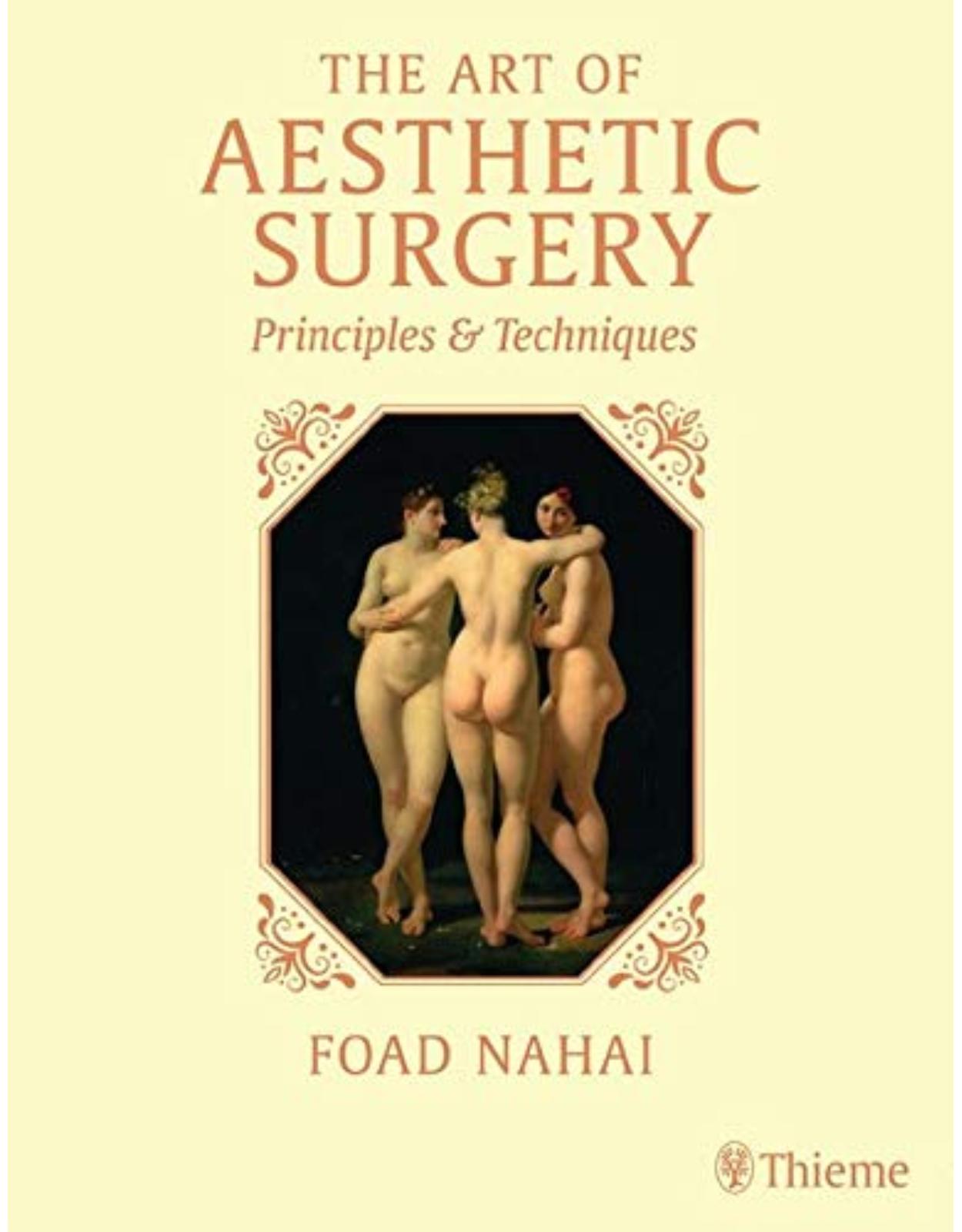
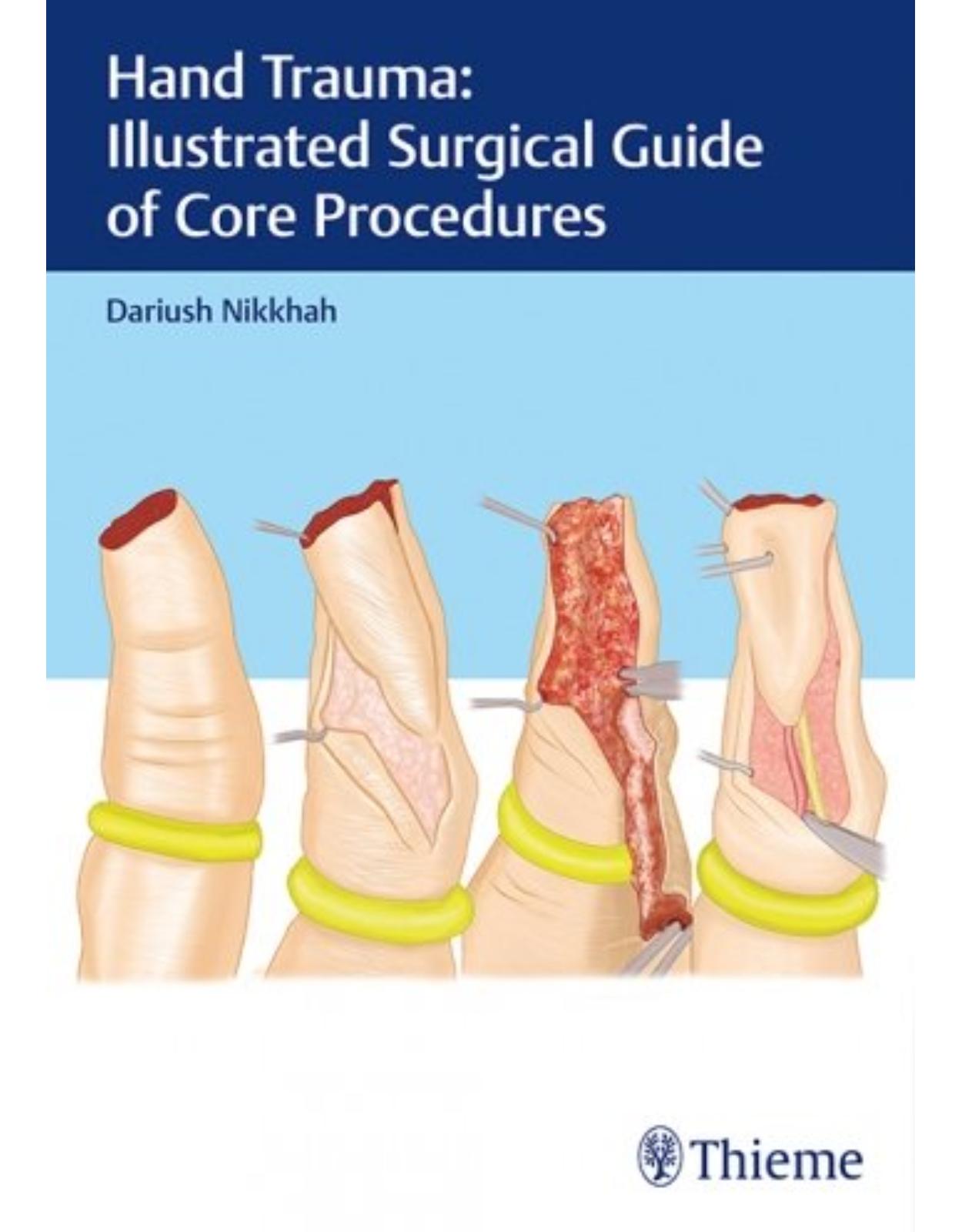
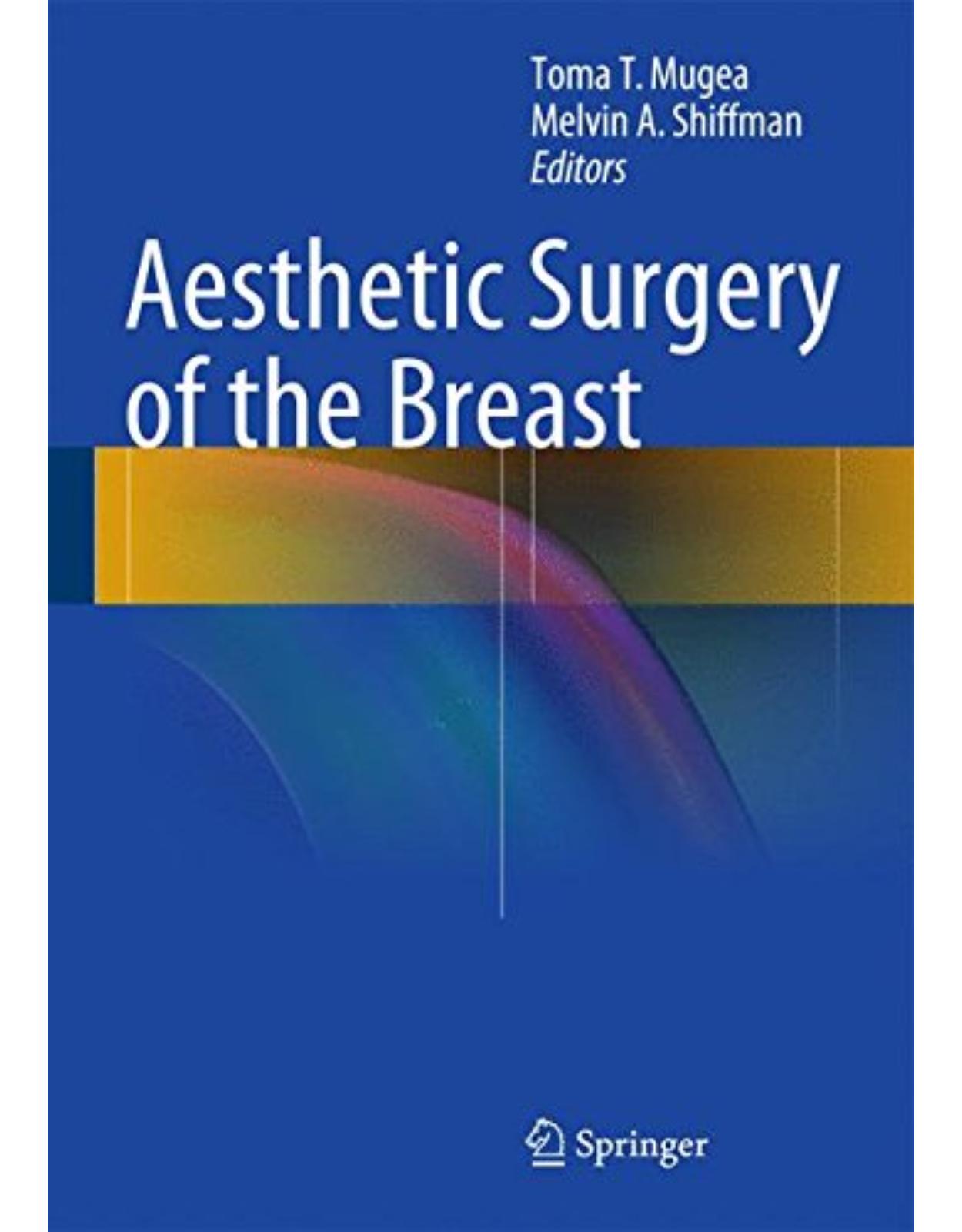
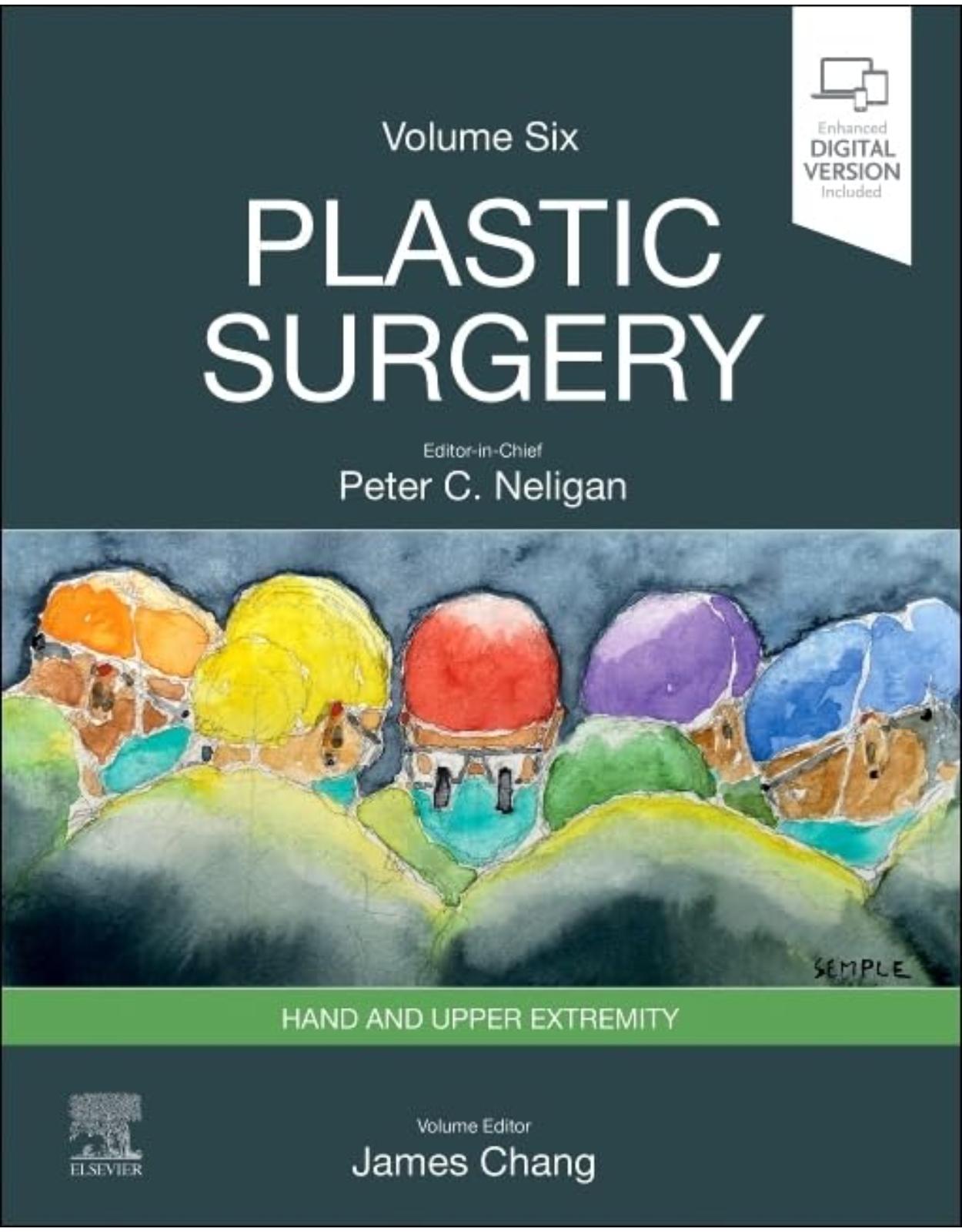
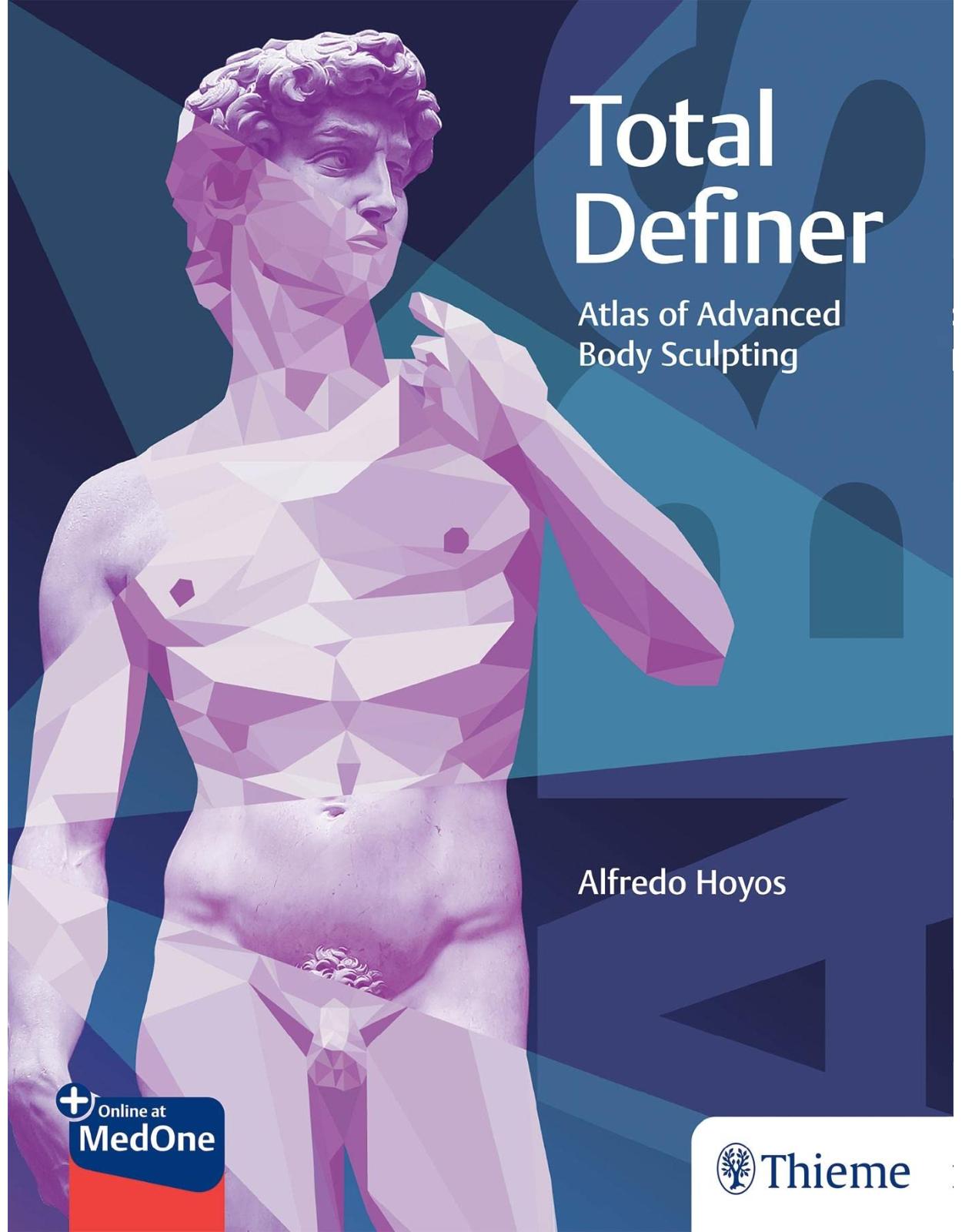
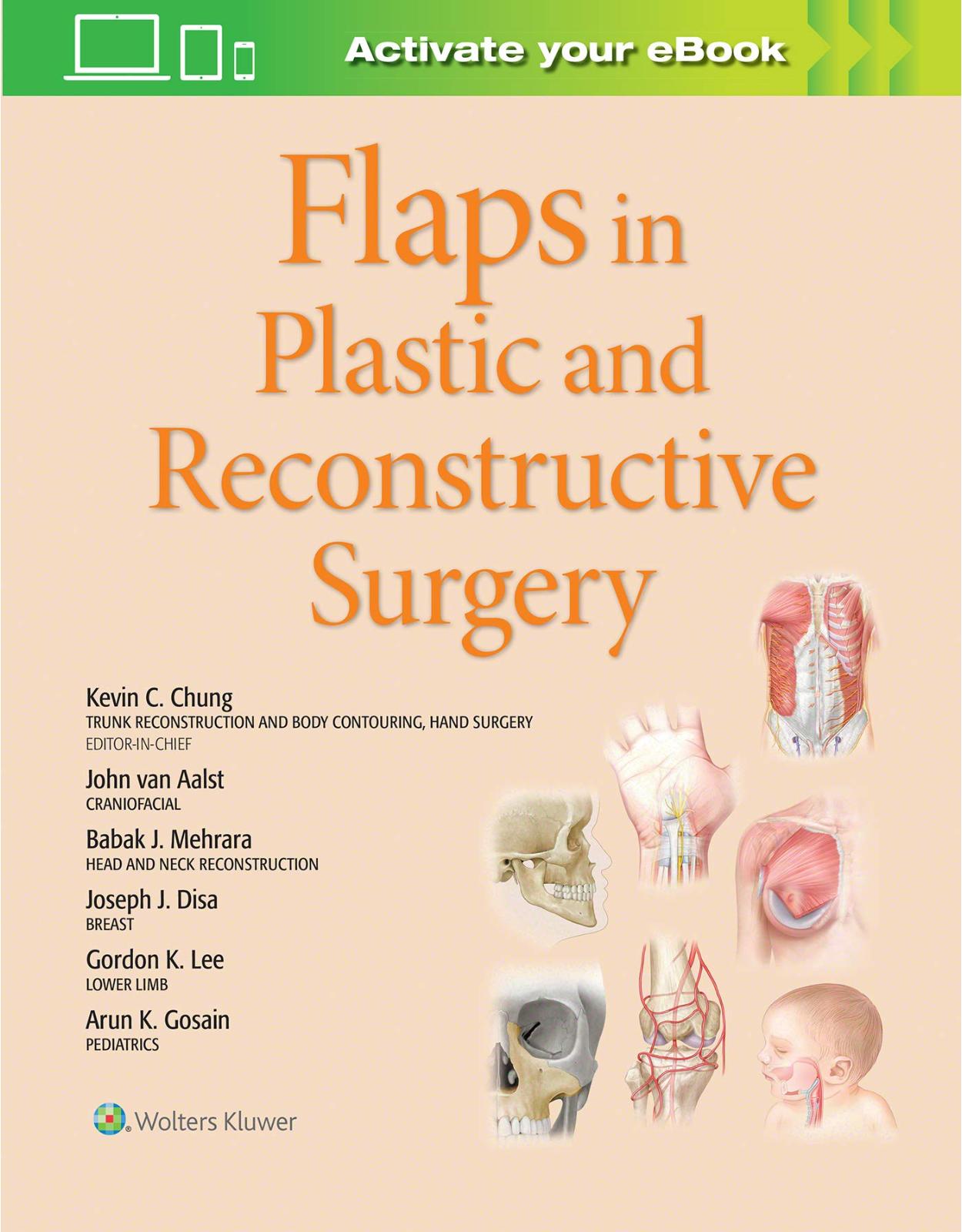
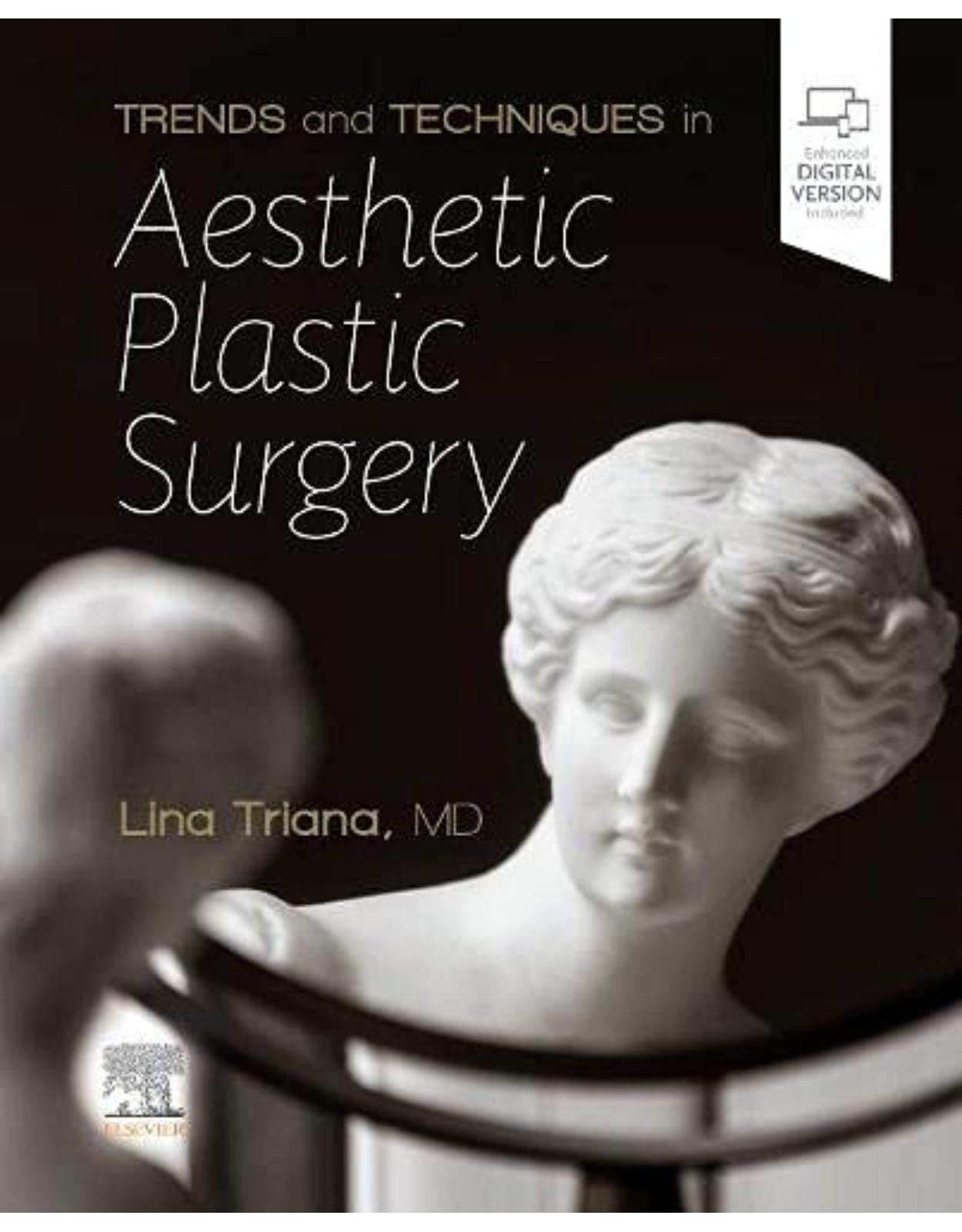
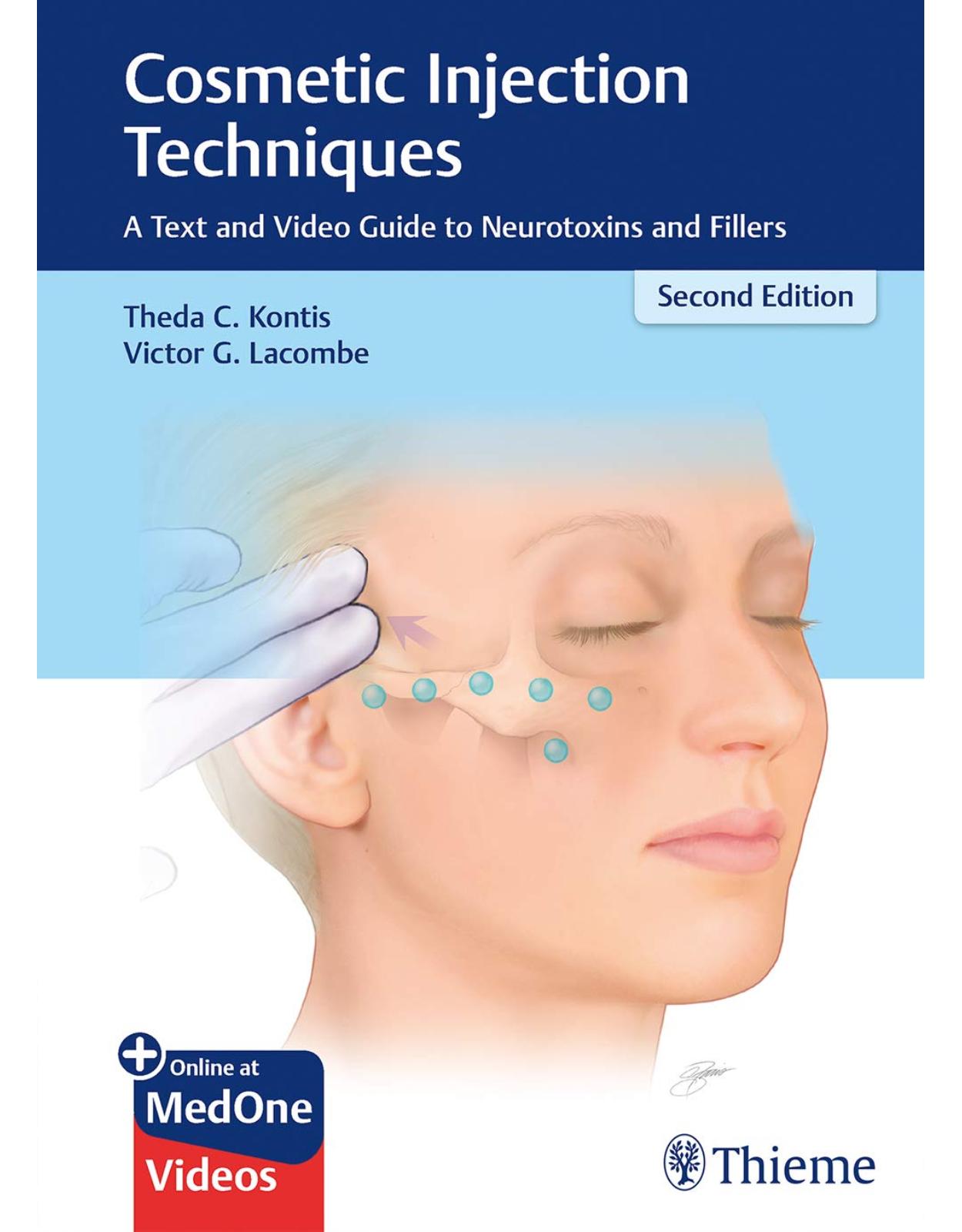
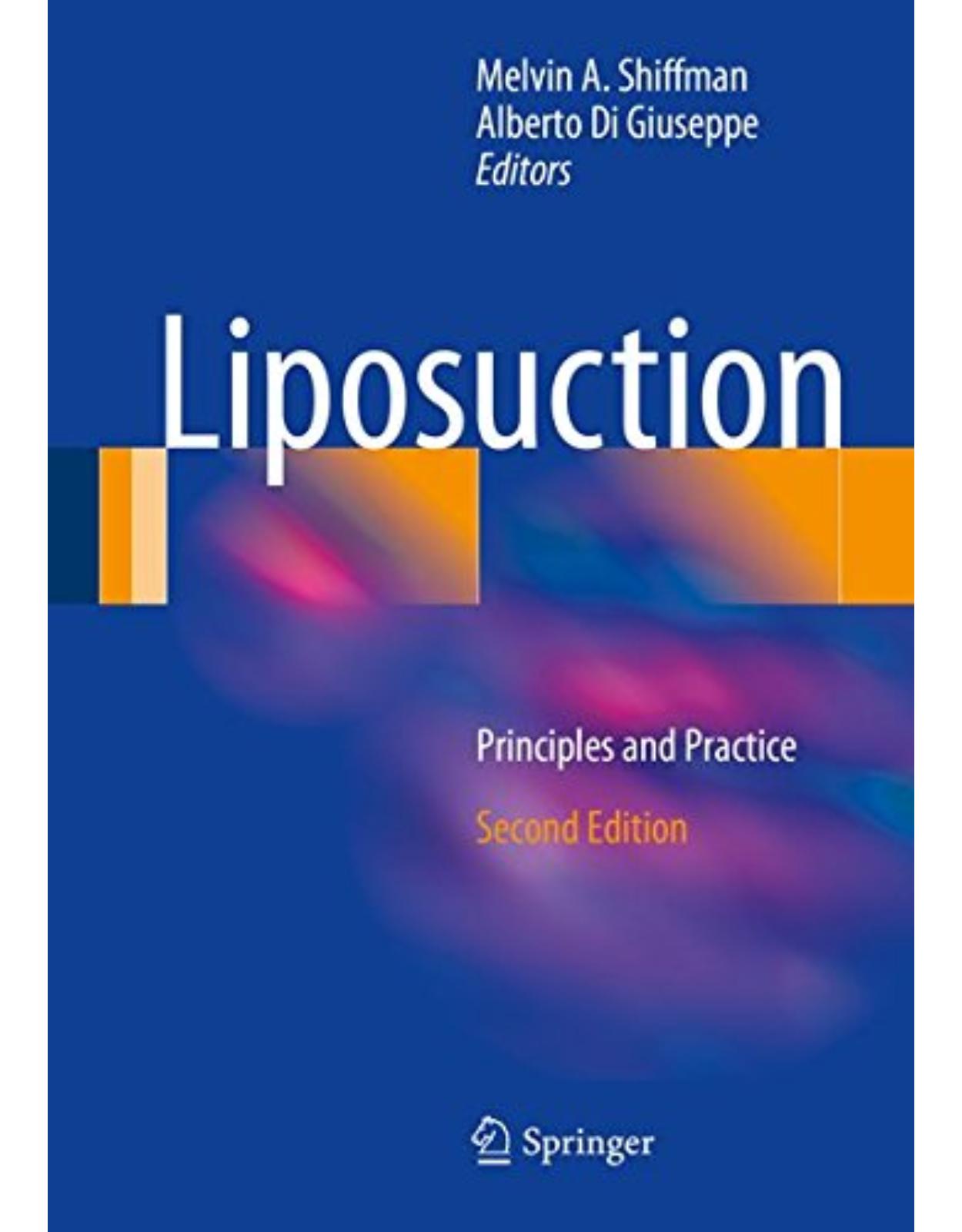
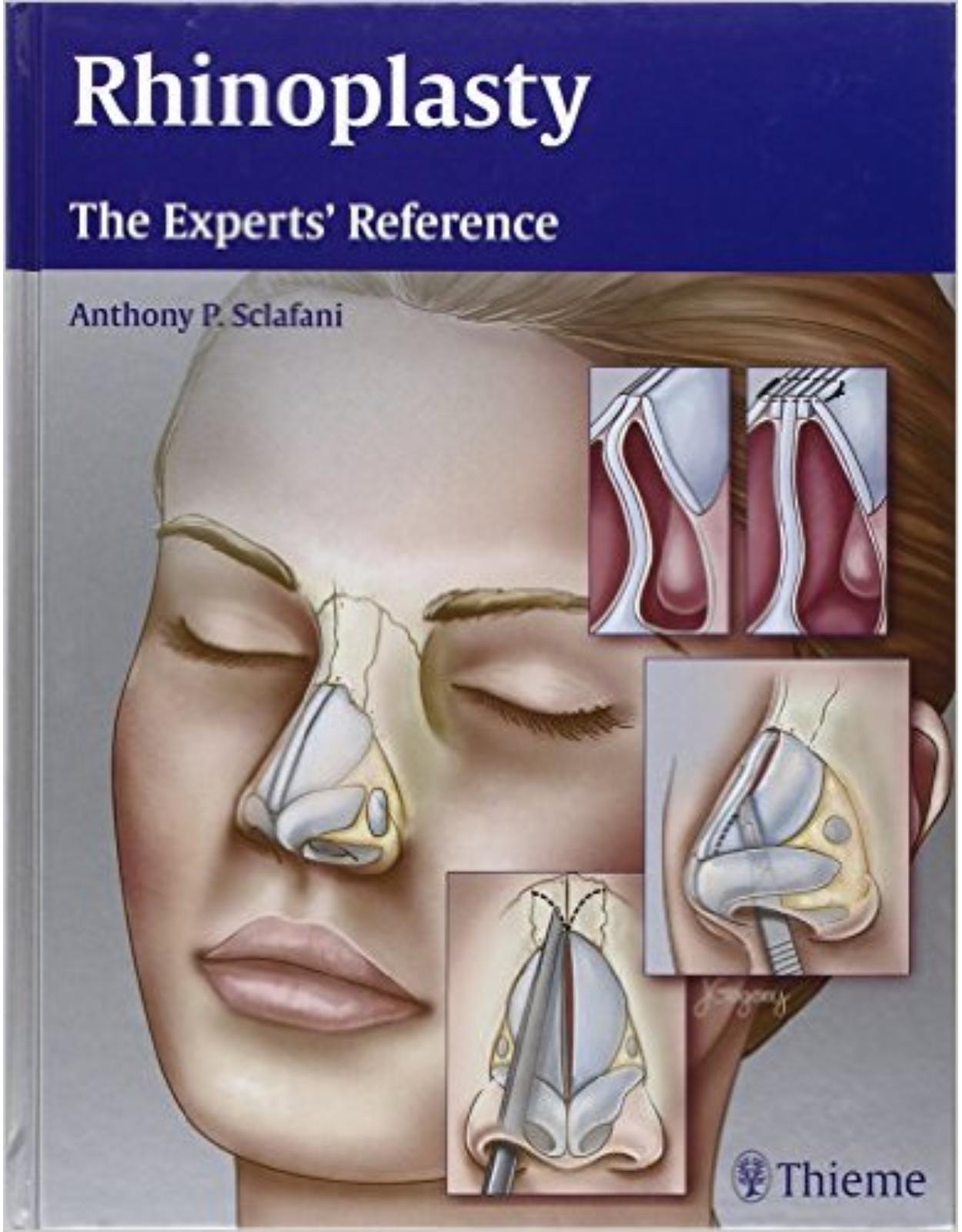
Clientii ebookshop.ro nu au adaugat inca opinii pentru acest produs. Fii primul care adauga o parere, folosind formularul de mai jos.